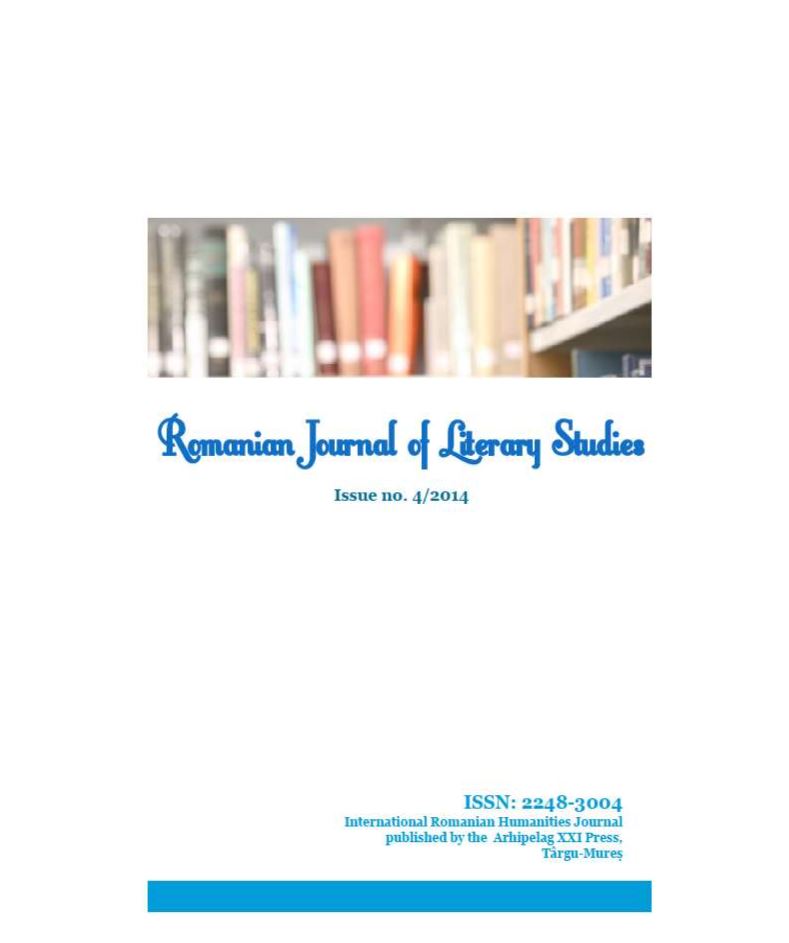DIMITRIE CANTEMIR „IN THE SEARCH OF THE STILL HIDDEN TRUE PROTOTYPE”
DIMITRIE CANTEMIR „IN THE SEARCH OF THE STILL HIDDEN TRUE PROTOTYPE”
Author(s): Adrian PopescuSubject(s): Language and Literature Studies, Literary Texts
Published by: Editura Arhipelag XXI
Keywords: history; diplomat writers; spirituality; esoteric culture; philosophy
Summary/Abstract: The phrase “cultural diplomacy” is also described as a process of projection/thrust to the outside of the system of autochthon cultural values designed to exercise decisive influences on the cryptic/prophetic orientation within the spheres of foreign policies. By invoking political diplomacy, the role of “political ritual” is also called into question, a ceremonial practice that “displays and promotes the power of political institutions or the political interests of certain actors of social groups”. Dimitrie Cantemir is the prototype of the man who left at the beginning of the eighteenth century, in the volume „Monarchiarum physica examinatio” (1714), the only theoretical-diplomatic writing. It comprises the image of the scholar, the humanist, but also of the lord of Moldavia “wisely” dedicated to the artistic creation (literary, musical, etc.) and to the scientific research, concerned about the logics, metaphysics and philosophy of the great Jan Baptist van Helmont. Our first linguist and dialectologist, the first Romanian scholar who tried to create a scientific, philosophic and political-diplomatic terminology for our language, raising the Romanian language to the rank of the other literary languages of that time in Europe, the following works are added: “Metaphysics” (1700), “The image of the sacred science”, “About consciousness” and “The divan or quarrel of the wise man to the world or the soul’s spear with the body” (1698), Romanian philosophical paper in which reflections are embroidered on the notions of time, soul, nature, consciousness. One of the most important writings of Dimitrie Cantemir for the Romanian culture, which, through “its pedantry character”, also included in the category of “diplomatic literature” remains “Hronicul vechimei a romano-moldo-vlahilor” – “The Chronicle of the history of Romanians-Moldavians-Vlachs”, to which we add “Istoria ieroglifică în douăsprezece părţi împărţită” – “The hieroglyphic history divided in twelve parts” (1704-1705), a sort of “secret history”, “political allegory”, in which Cantemir shows interest for esoteric and obscurity, a “hermetic character” in language and an esoteric in the old signs of Arabic-Persian culture.
Journal: Journal of Romanian Literary Studies
- Issue Year: 2014
- Issue No: 04
- Page Range: 422-428
- Page Count: 7
- Language: Romanian

